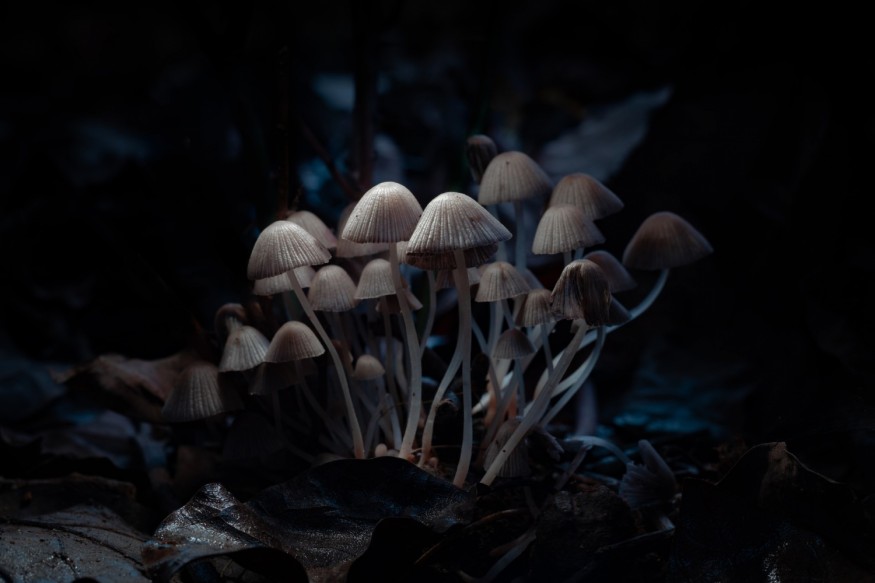Parasitic fungi are known for invading a living host and obtaining nourishment from it, usually at the cost of the latter's health and well-being. Animals and plants are the primary targets of pathogenic funguses, which can cause disease and even death.
Unlike other pathogens such as viruses and bacteria, the fungus is relatively less familiar and acknowledged when it comes to disease-causing microorganisms, as seen in viral outbreaks in modern history. Over the past several decades, pandemic and endemic diseases that infected humans either involved a virus or bacteria. Health authorities have not reported any known fungi-driven massive pandemic.
In fact, parasitic fungi can infect a myriad of living organisms, ranging from insects to plants. In addition, evidence shows the prehistoric infections involving these pathogens suggest that funguses are as ancient as the creatures we know. Furthermore, fungi are also widely acknowledged for their impact on Earth's ecosystems.
According to a recent study, the oldest parasitic fungus was discovered in a fossilized plant dating back 400 million years ago.
Oldest Parasitic Fungus

In the study about the oldest parasitic fungus on record published in the journal Nature Communications on December 1, an international team of researchers from France, the United Kingdom, and the United States discovered a 407 million years old fungal plant pathogen, named Potteromyces asteroxylicola. It is a filamentous fungus, a type of fungi that are frequently linked with infections.
The parasitic fungus was detected growing in the ancient fossilized plant called Asteroxylon mackiei and its specimen is held at the Natural History Museum in London. The pathogenic fungus was found to had burst through the outer wall of the plant, killing its cells and absorbing its nutrients.
Fungal Plant Pathogen
According to researchers involved in the scientific paper, the fungus P. asteroxylicola belonged to an extinct lineage of ascomycetes, a phylum in the Fungi Kingdom and alternatively known as "spore shooters" or "sac fungi."
Due to its pathogenic nature, the parasitic fungi likely drained the life out of its ancient plant victims more than 400 million years ago. Authors of the Nature Communications study said that this is the earliest recorded evidence of fungal plant disease or a fungal parasite that causes disease in a plant.
Fungal plant disease is the occurrence of fungal agent-driven plant diseases over large areas that harms crop productivity or natural habitats. Once thought to be a plant, a fungus is a multi-cellular eukaryotic organism that is neither from kingdom animalia nor kingdom plantae.
However, hostile and parasitic fungi species similar to the recent study can decimate some plant species and small insects such as ants. Animals, including pets, can consume mold and dangerous fungi, leading to illnesses and even death.
In dogs, the common symptoms of fungal infections are difficulty in breathing, skin sores, eye conditions, and joint disease, according to the MSD Veterinary Manual.
© 2025 NatureWorldNews.com All rights reserved. Do not reproduce without permission.





